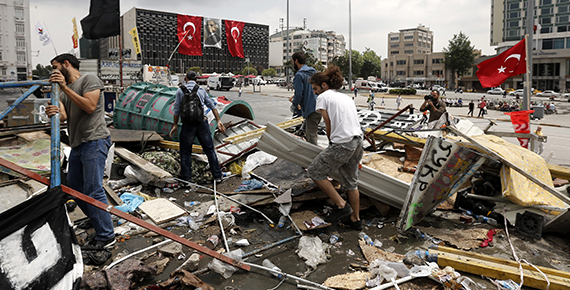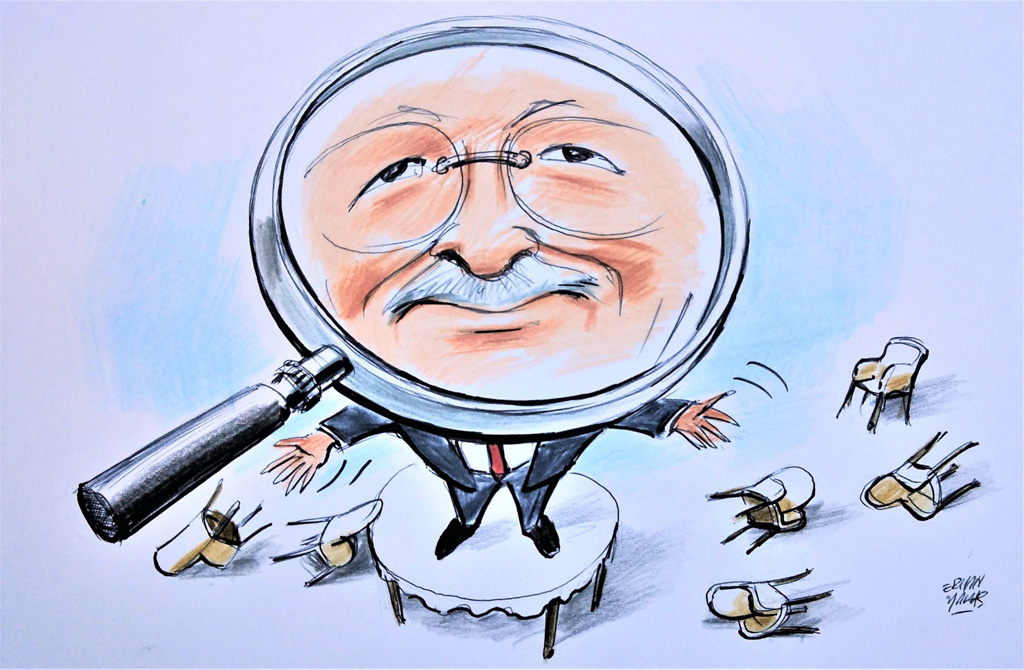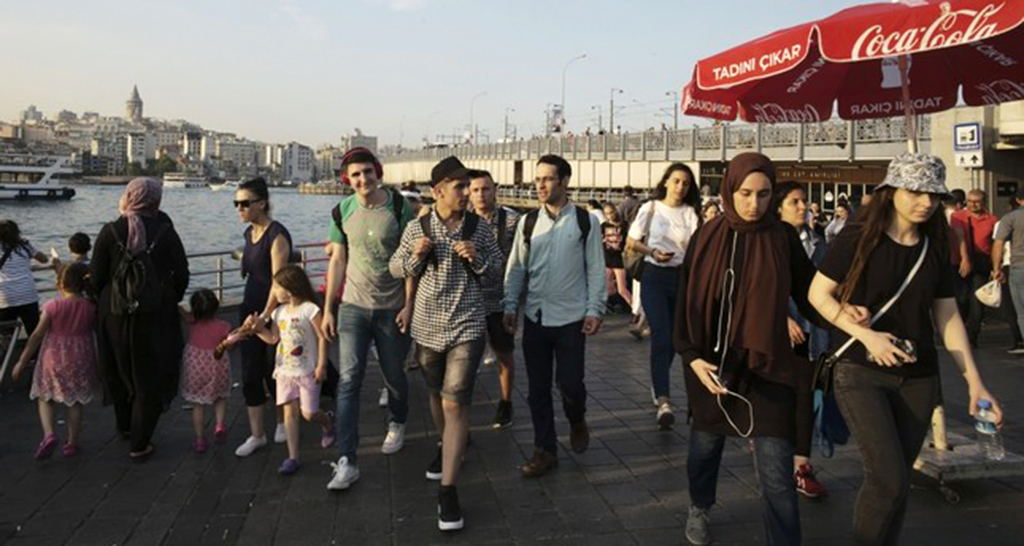Now it is time to adopt a calmer approach while analyzing the Gezi Park protests. Since the beginning of the protests, not only the composition but also the motive and aim of the protesters have gradually changed. For this very reason, it is necessary to leave aside enthusiastic praises and analyses of the first day. With a retrospective look, it is possible to define the protests as follows: The Gezi Park protests initially started to raise awareness on a number of issues; however they immediately turned into a large-scale anti-AK Party operation with the participation of numerous domestic and foreign actors.
Let’s first make a few brief analyses: The Gezi Park protests are a product of a period during which people realized that the old Turkey - symbolized by the tutelary system - was eliminated and the AK Party is to constitute the new Turkey. Protesters can be put under two categories: Those who cannot get over the elimination of the old Turkey and those who support the elimination of the old Turkey but cannot accept the formation of the new Turkey by the AK Party. These two groups were opposing each other until the September 12 referendum. What united them now is the possibility that the AK Party builds the new Turkey. So, let’s dwell on above-cited arguments in detail.
The September 12 popular vote symbolized a significant step in the process of eliminating the old Turkey dominated by the tutelary actors. The political motive was to construct the new Turkey after eliminating the tutelary actors. Turkey witnessed a very significant development which will probably influence the political developments in the near future. Those, the liberal left groups in particular, who allied with the AK Party during the elimination process of the old Turkey, began to oppose the AK Party while it has embarked upon building the new Turkey. They disagreed on the values of the new Turkey. The conservative-religious character of the AK Party was accepted while eliminating the old Turkey; however, it began to pose a problem in the formation of the new Turkey.
(This conflict can be construed as normal as long as it is analyzed from the perspective of a power struggle rather than a discourse of democracy. This is not the case however. The conflict, which has been initiated as a power struggle about by which paradigm the new Turkey will be represented, has been carried out through discourses and concepts such as democracy, authoritarianism, civil tutelage among others since the referendum. Liberal left groups, in fact, demand a place in the new Turkey by using the democracy discourse.)
In this sense, the authenticity of the Gezi Park protests comes from the fact that those who resisted to the elimination of the old Turkey formed a strong alliance. Supporters of the tutelary system and dissidents of the AK Party for a decade, united with those who were separated from the AK Party during the formation of the new Turkey and gained a tremendous momentum and enthusiasm. In fact, those, who are against the AK Party because they have lost their privileges when Turkey has been democratized under the AK Party ruling, seized the opportunity to voice their opposition through the demand of democracy with the participation of those who were separated from the AK Party during the establishing of the new Turkey. This enabled them to struggle against the AK Party by voicing their demand for democracy because they were against the AK Party due to its democracy performance.
In brief, the Gezi Park protests can be construed as an objection to the fact that the AK Party itself is building the new Turkey. Those who are against the elimination of the old Turkey forged an alliance with those who stands against the formation of the new Turkey by the AK Party according to its own values. The Gezi protests were staged by these groups. In other words, this is the alliance of the losers of the elimination process and those who felt marginalized during the construction period of the new Turkey. What has made this allianc









